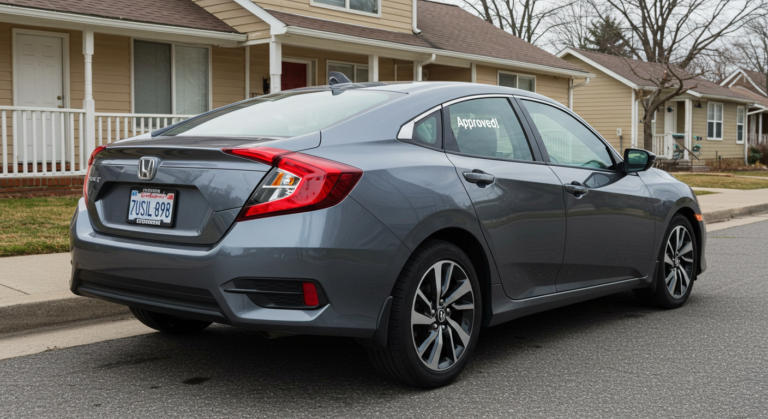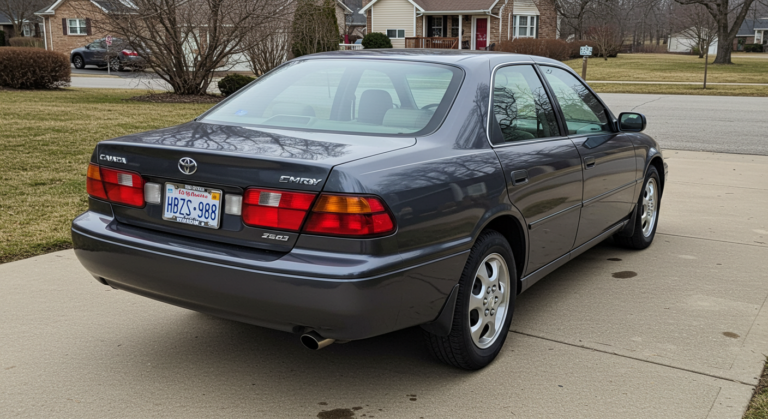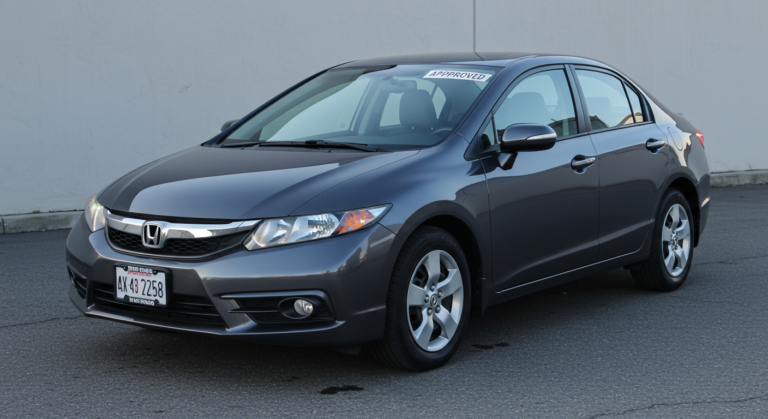Classic Car Financing Explained: How to Secure Your Dream Car Loan
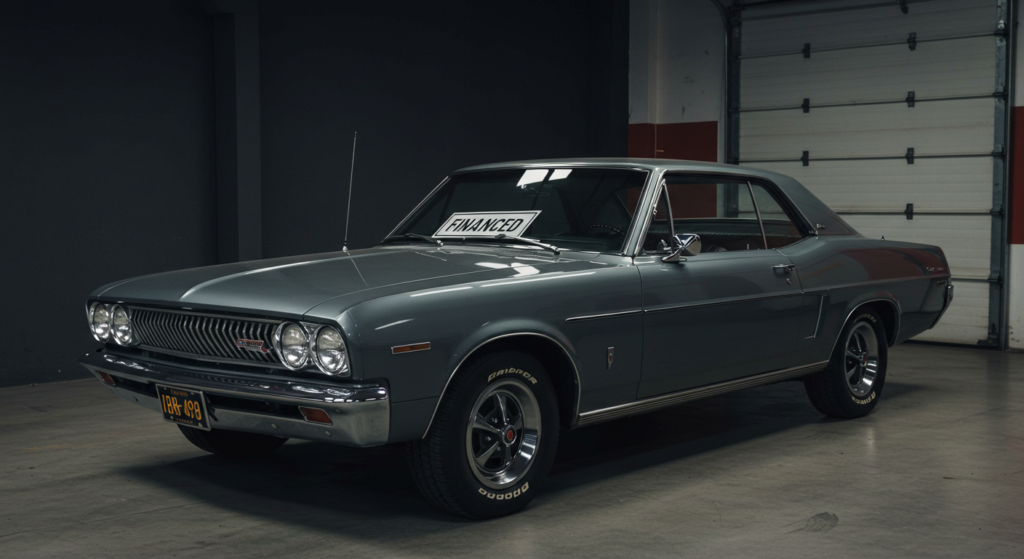
Introduction
Have you been eyeing that pristine 1967 Mustang or elegant Jaguar E-Type, but wondered how anyone actually affords these automotive treasures? With the average classic car auction price reaching $115,000 in 2024, classic car financing has become an increasingly vital option for enthusiasts. Surprisingly, 68% of classic car buyers now use some form of financing rather than paying cash outright—a dramatic shift from a decade ago when most transactions were cash-only. The classic car financing landscape has evolved significantly, with specialized lenders now offering tailored solutions for vintage vehicle purchases.
Table of Contents
Classic Car Loan Basics
Key Specifications and Terms
- Interest Rates: 5-9% on average (compared to 3-6% for new cars)
- Loan Terms: Typically 3-10 years (shorter than regular auto loans)
- Down Payment Requirements: 20-30% (higher than standard auto loans)
- Loan-to-Value Ratio: Usually 60-80% for vehicles 20+ years old
- Minimum Loan Amounts: Often $25,000+ for specialty lenders
Classic car financing differs substantially from traditional auto loans, with higher interest rates but more flexible terms. Unlike conventional auto lenders who focus primarily on depreciation schedules, classic car lenders evaluate appreciating assets with consideration for market trends, vehicle provenance, and restoration quality.
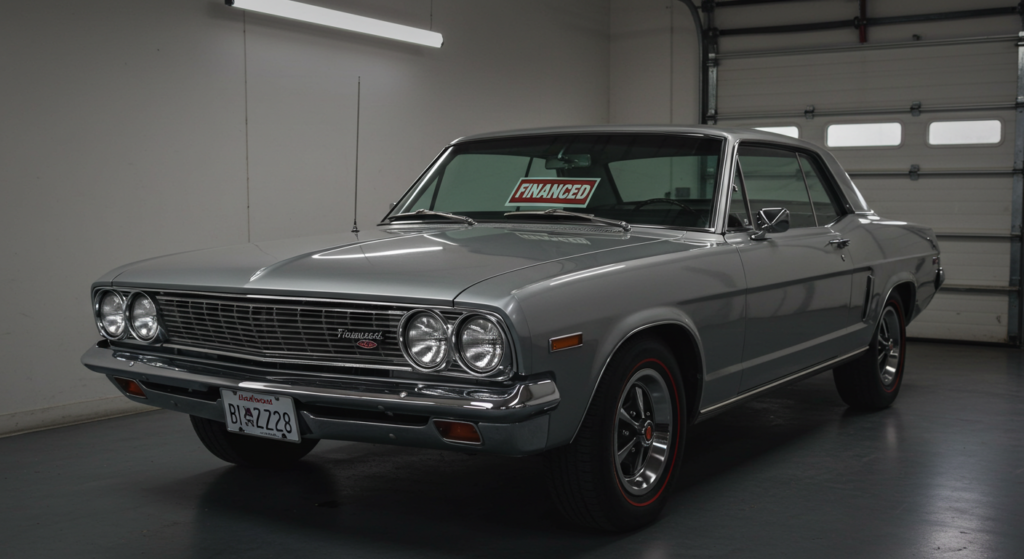
Financing Options Available
Traditional Banks and Credit Unions
- Lower interest rates (5-7% typically)
- Stricter qualification requirements
- Limited understanding of classic car values
- May require additional collateral
Specialty Classic Car Lenders
- Deep expertise in vintage vehicle valuation
- More flexible terms for qualified buyers
- Typically higher interest rates (6-9%)
- Often include options for restoration financing
Collector Car Insurance Companies
- Combined financing and specialized insurance
- Built-in agreed value policies
- Knowledgeable about classic car markets
- Often partner with dedicated finance companies
Specialty lenders like Woodside Credit, J.J. Best Banc, and Hagerty Financial Services dominate the classic car financing market, accounting for over 65% of all collector vehicle loans in 2024.
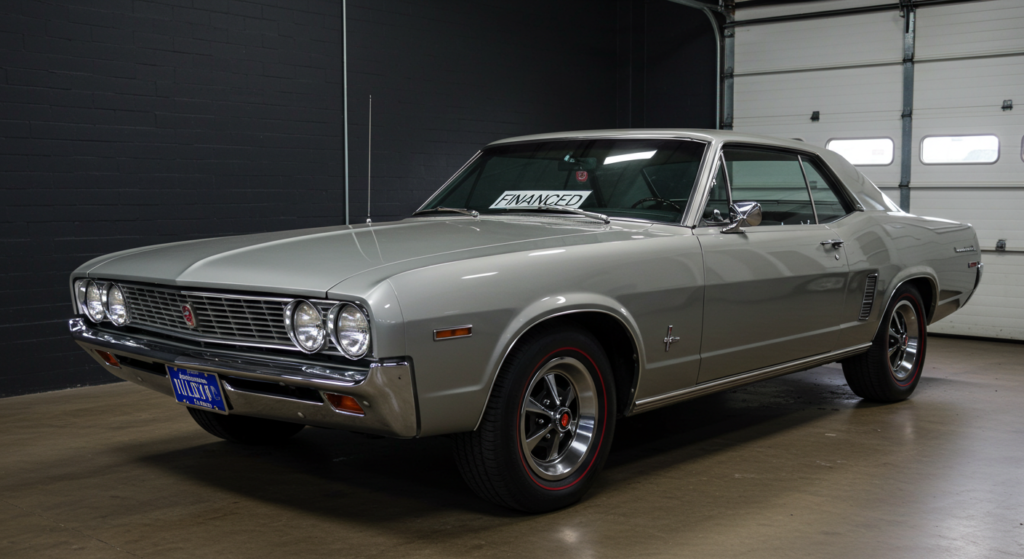
How to Qualify for Classic Car Financing
Credit Requirements
- Minimum credit score typically 680+ (compared to 620+ for regular auto loans)
- Debt-to-income ratio under 40% preferred
- Stable income history of 2+ years
- Clean auto credit history particularly important
Vehicle Requirements
- Generally 20+ years old (some exceptions for “modern classics”)
- Professional appraisal typically required
- Clean title with documented history
- Condition reports and inspection certifications
“When evaluating classic car loan applications, we look beyond just the credit score to the applicant’s demonstrated passion and knowledge about collector vehicles,” explains a lending specialist from a major classic car financing firm. “Long-term collector-owners often receive preferential rates.”
Application Process Explained
- Pre-qualification: Submit income, assets, and preliminary vehicle information
- Vehicle appraisal: Professional evaluation of the classic car’s condition and market value
- Formal application: Complete detailed financial disclosure and vehicle documentation
- Underwriting: Review of credit history, asset verification, and vehicle authenticity
- Closing: Finalization of loan terms, insurance verification, and fund disbursement
Approval timelines average 3-5 business days for straightforward applications, but can extend to 2-3 weeks for rare or extremely valuable vehicles requiring specialized authentication.
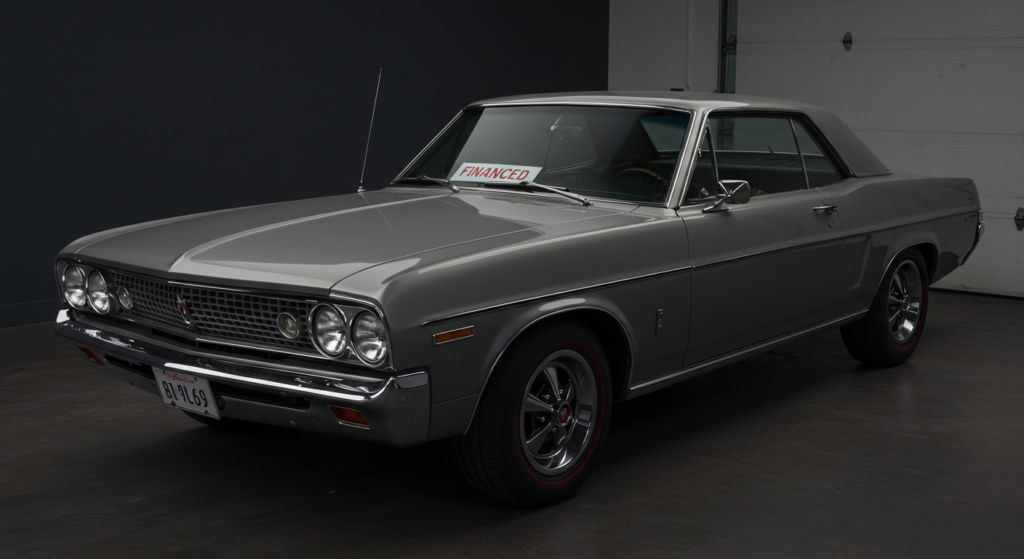
Costs and Considerations
Interest Rates & Fees
- Origination fees: 1-2% of loan amount
- Document preparation: $75-200
- Appraisal costs: $150-500
- Early repayment penalties: Vary by lender
Insurance Requirements
- Agreed value policies (not stated value)
- Limited mileage stipulations (typically 3,000-5,000 miles annually)
- Secured storage requirements
- Usage restrictions (no daily driving)
The total cost of ownership extends beyond the loan payment, with specialized insurance premiums averaging 30-50% higher than standard auto policies, though with significantly better coverage terms for collectors.
Smart Strategies for Securing Better Terms
Leverage Your Asset Portfolio
- Use existing collector vehicles as collateral
- Consider portfolio loans against multiple classics
- Explore home equity options for lower rates
Join Collector Clubs
- Many lenders offer club member discounts
- Established club history demonstrates commitment
- Networking opportunities with preferred lenders
Consider Investment Framing
- Position purchase as appreciating asset acquisition
- Provide market appreciation data for similar models
- Demonstrate restoration plans that enhance value
“Classic car financing isn’t just about affordability—it’s about optimizing your collector portfolio,” notes vintage car market analyst James Redmond. “Strategic financing allows enthusiasts to diversify their collections while preserving liquidity.”
Common Issues and How to Avoid Them
Appraisal Discrepancies
- Use recognized appraisers with classic car expertise
- Provide detailed restoration documentation
- Include provenance materials and ownership history
Title Problems
- Conduct thorough title searches before applying
- Address any liens or claims proactively
- Verify VIN matching and authenticity certification
Maintenance Requirements
- Most lenders require maintenance agreements
- Failure to maintain can trigger loan default
- Document all service and preservation work
Approximately 12% of classic car loan applications are initially rejected due to documentation issues or inaccurate valuations—problems that can typically be resolved with proper preparation.
Comparison to Other Financing Methods
| Funding Method | Average Interest Rate | Typical Term | Pros | Cons |
|---|---|---|---|---|
| Specialty Classic Car Loan | 5-9% | 3-10 years | Tailored for collectors, understands market value | Higher rates, strict requirements |
| Home Equity Loan | 3-6% | 5-15 years | Lower rates, tax-deductible interest | Risks home as collateral |
| Personal Loan | 7-15% | 1-5 years | No vehicle restrictions, quick approval | Higher rates, shorter terms |
| Dealer Financing | 6-12% | 3-7 years | Convenient, one-stop solution | Limited to dealer offerings, potentially higher rates |
| Collector Auction Financing | 7-10% | 3-7 years | Immediate approval for auction purchases | Premium rates, pressure decisions |
Preservation of Value and Investment Potential
Market Trends Affecting Financing
- Blue-chip classics (Ferrari, Mercedes 300SL, etc.) qualify for best rates
- Emerging classics (80s/90s performance cars) seeing expanded loan options
- Original, unrestored vehicles now commanding premium financing terms
Documentation Impact
- Comprehensive history files can improve loan-to-value ratios by 10-15%
- Original factory documentation increases collateral value
- Competition history or notable ownership enhances financing options
“The best-financed classics are those with complete documentation, matching numbers, and proven provenance,” emphasizes classic car appraiser Thomas Reinhart. “These factors not only secure better loan terms but also protect the vehicle’s long-term investment potential.”
Conclusion
Classic car financing has evolved into a sophisticated segment of automotive lending, offering enthusiasts flexible pathways to vehicle ownership that weren’t available a decade ago. With interest rates competitive against other luxury purchases and terms designed specifically for collector vehicles, financing a classic car has never been more accessible. Whether you’re pursuing your first collector purchase or expanding an established collection, understanding the nuances of classic car financing can help you secure your automotive dream while making sound financial decisions. The key to success lies in thorough preparation, proper documentation, and partnership with lenders who truly understand the classic car market.
FAQs
What’s the minimum credit score needed for classic car financing?
Most specialized classic car lenders require a minimum credit score of 680, though some premium lenders may require 720+ for the most favorable rates. Traditional lenders typically require higher scores than specialty classic car finance companies.
Can I finance a project car or restoration?
Yes, several specialized lenders offer restoration financing packages. These typically structure funding in phases tied to completion milestones and require detailed restoration plans from recognized shops. Expect higher interest rates and larger down payments for project vehicles.
Are classic car loan interest payments tax-deductible?
Generally, interest on classic car loans is not tax-deductible unless the vehicle qualifies as a business asset. Consult with a tax professional, especially if the vehicle is used for business purposes like promotional events or commercial photography.
How does financing affect classic car insurance requirements?
Financed classics require comprehensive agreed-value insurance policies, often with specific storage, usage, and maintenance stipulations defined by the lender. Most lenders maintain a list of approved insurance providers specialized in collector vehicles.
Can I finance a classic car purchase from a private seller?
Yes, most classic car lenders finance private party transactions. The process typically involves additional verification steps, including third-party inspection services, escrow arrangements, and thorough title verification beyond what might be required in dealer transactions.
How does vehicle age affect financing options?
Generally, vehicles 20-30 years old receive standard classic financing terms, while vehicles 40+ years old may require specialized underwriting. Interestingly, certain “young timer” classics (15-20 years old) from prestigious manufacturers can qualify for collector financing despite not meeting traditional age requirements.
[Suggested image placement: Professional photo of a classic car with a discrete “Financed” tag in the window, positioned after the introduction]
[Suggested infographic: Visual breakdown of classic car loan terms compared to standard auto loans, positioned in the “Key Specifications” section]
[Suggested comparison table: Side-by-side restoration loan vs. purchase loan terms, positioned in the “Financing Options” section]
[Internal linking opportunities: “Top 10 Appreciating Classics Under $50K,” “Classic Car Insurance Guide,” “Restoration Financing Options”]



